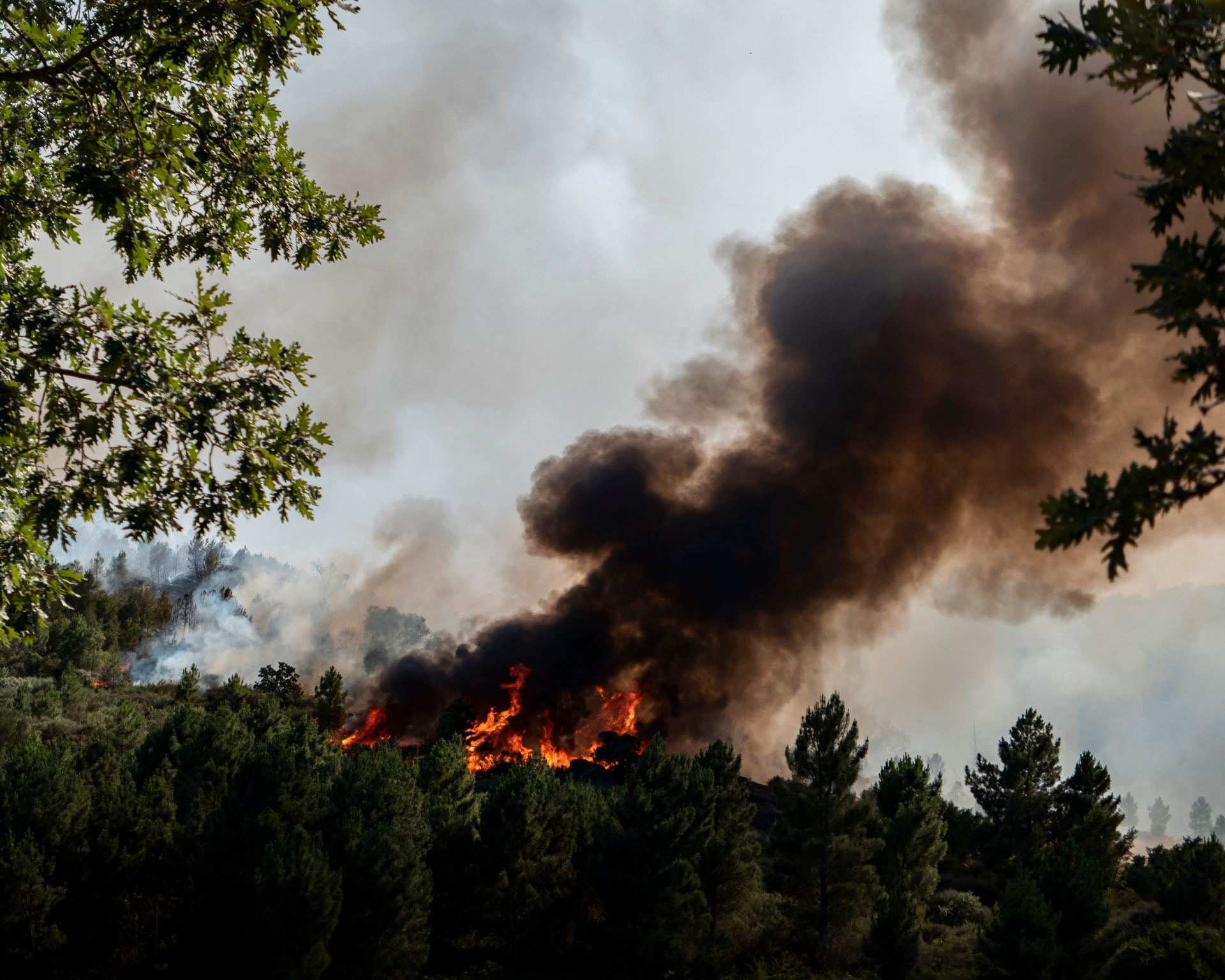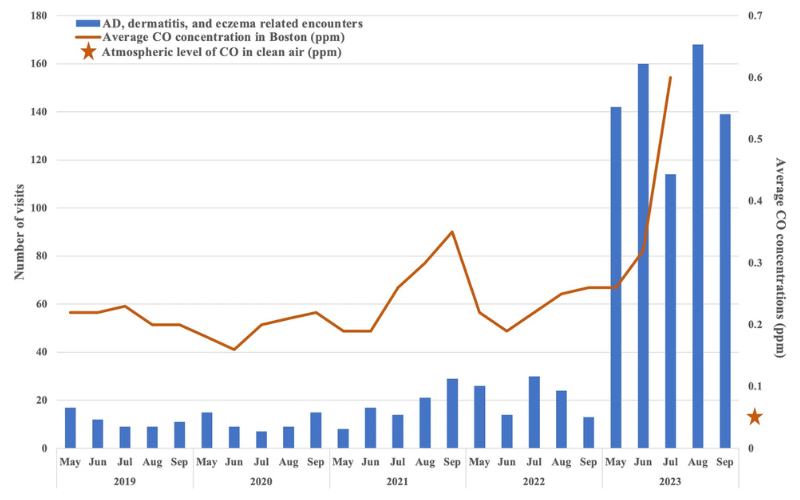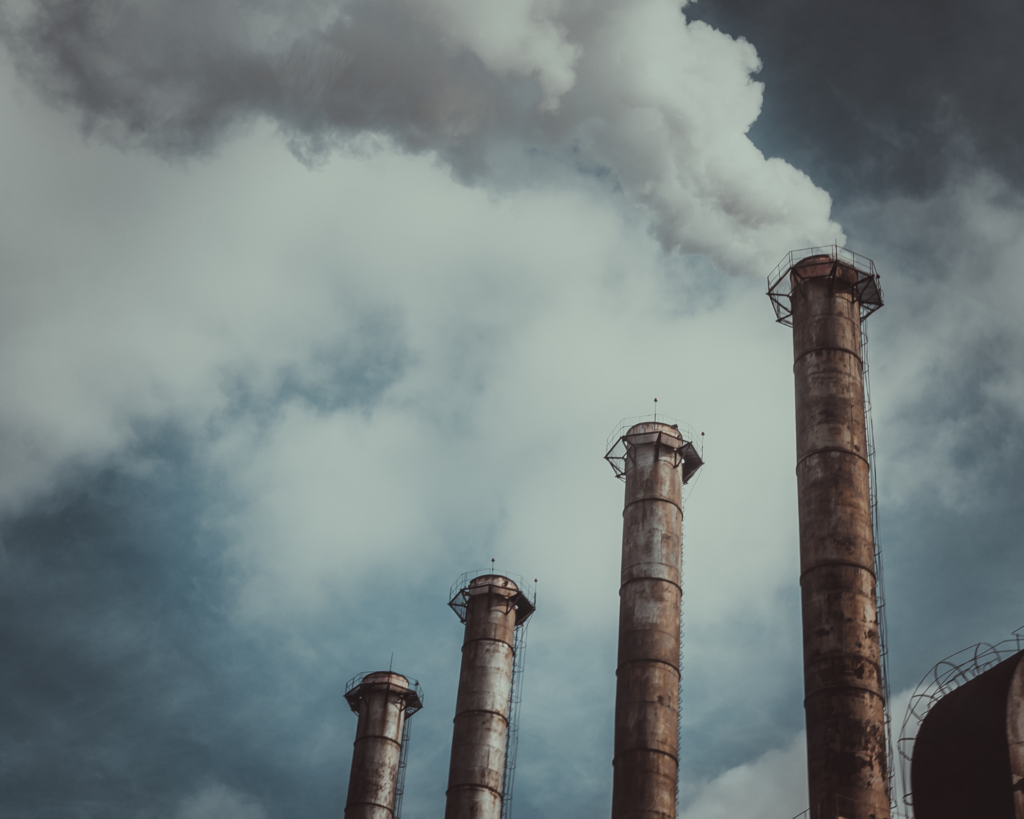Impact of Wildfires on Skin Conditions
Chronic exposure to air pollutants contributes to and worsens skin conditions, highlighting yet another ill effect of a changing climate.

Read Time: 2 minutes
Published:
Skin conditions such as eczema and psoriasis affect over a third of the global population. Even minor issues can cause significant distress, especially when left untreated. In the United States, about 73% of people never seek medical care for their skin conditions, which can lead to worsening symptoms and more serious complications, such as infection.
In Canada and the north-eastern U.S. states, worsening air pollution from wildfires is intensifying skin conditions. This is attributed, at least in part, to an increase in carbon monoxide levels caused by wildfire smoke.
Kathyana Santiago Mangual and colleagues investigated how air pollution, particularly from wildfires, exacerbates dermatological disorders. They analyzed CO levels collected by the U.S. Environmental Protection Agency from May to July 2023 and compared this data with the number of patient visits for skin conditions at Massachusetts General Brigham and Women’s Hospital in Boston during the same period.

The figure above illustrates the correlation between CO concentrations in Boston and skin-related doctor appointments. In July 2023, CO concentrations in Boston reached 41 micrograms of CO per cubic meter of air—significantly higher than the 6.6 micrograms recorded the previous year. This was due to the rise in wildfires in Canada during that period. Simultaneously the number of health appointments addressing skin conditions starkly rose between May and September of 2023, corresponding strikingly with the rise of the average CO concentrations.
Chronic exposure to pollutants like ozone and PM2.5, along with elevated CO levels, contributes to skin damage, leading to premature aging and weakened skin barriers. From the constant itch of eczema to the visible flare-ups of psoriasis, skin conditions cause daily pain and upset. This highlights yet another ill effect of climate change and the growing severity and frequency of fires.



